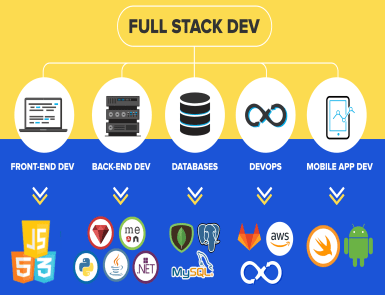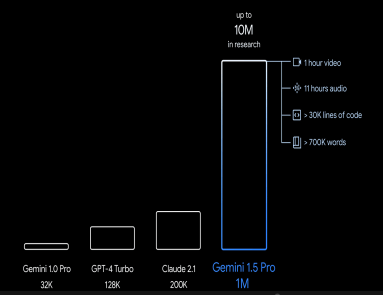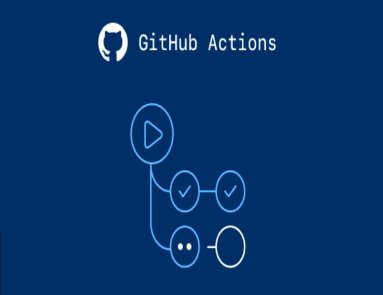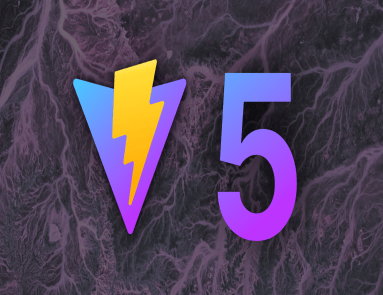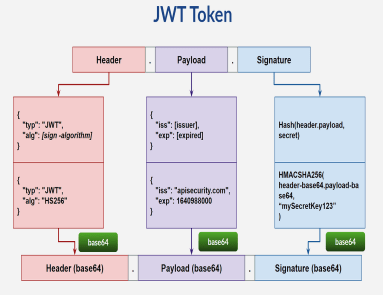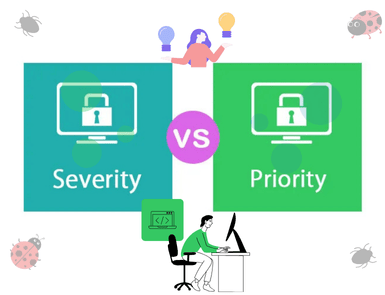A Version Control System (VCS) is an important part of modern software development. It ensures code integrity and facilitates seamless collaboration.
While Git is a popular and well-established VCS, it lacks user-friendliness and some essential features. As a result, Jujutsu has emerged as a promising alternative. This post explores what Jujutsu VCS is, highlights its features, and explains how it simplifies the complexities of version control.
Let us get started.
Overview of Jujutsu
Jujutsu, abbreviated as JJ, is an advanced version control system developed by Google engineer Martin. It began as a hobby project in 2019, but its first official public release was launched in 2023.
Jujutsu VCS is Git-compatible and works with Git repositories, but offers a more straightforward and intuitive interface. It also features immutable revisions, automatic conflict resolution, and powerful undo capabilities.
Jujutsu’s core model revolves around commits rather than branches. It treats the commit-graph as a sequence of snapshots, rather than a series of patches. This approach naturally simplifies merging and branching.
Every change you make lives in a ‘working copy commit,’ eliminating the need for a separate Git commit step.
Written in Rust, Jujutsu offers several impressive features. Let us look at some of the most interesting ones.
Key Features of Jujutsu VCS
- Git Compatibility: Jujutsu VCS is fully compatible with Git, making it ideal for users who do not want to abandon their existing Git repositories. Using Jujutsu, developers can pull, push, and fetch from Git remotes. It works just like traditional Git commands. Jujutsu also integrates smoothly with all Git-based platforms, including GitHub and GitLab. Users can use Jujutsu in any Git project by running jj git init. They can even use Git and Jujutsu in parallel in the same folder, a co-located repository.
- Undo Mechanism: Jujutsu VCS offers a powerful undo feature that lets users roll back their actions. All actions in jj, including commits, pulls, and merges, are logged. Users can use the undo feature if they make a mistake or want to review their previous actions. This user-friendly mechanism minimizes the risk of making irreversible mistakes.
- Transparent Conflict Resolution: Jujutsu stores all conflicts within the version control tree. Since they are not hidden inside commit messages, developers can view and manage merge conflicts transparently.The VCS treats merge conflicts as part of the version history. They persist in the working state until resolved. Developers can save the conflicted state and solve it later without interrupting their workflow.
- Snapshot-Based Architecture: Unlike Git’s patch-based model, Jujutsu is built around a snapshot-based architecture. It does not track changes as a series of patches, but instead records each commit as a complete snapshot of the repository’s state.This architecture simplifies the mental model for developers. They can easily understand, visualize, and manage project history.
- User-Friendly Command Line Interface (CLI): Jujutsu’s CLI offers a clean, user-focused experience. Unlike Git’s often cryptic syntax, Jujutsu uses more descriptive and intuitive commands. It also provides tools for visualizing version control history. It helps users understand the relationships between commits.
- Easy Editing & Rebasing: Users who want to edit older commits can check them out using jj checkout. After making changes, Jujutsu automatically reapplies any descendant commits on top of the updated one. Developers do not need to run manual rebase commands, which are often required in Git.
- Safe Concurrent Operation: Jujutsu is safe to use with cloud services and file synchronization tools. It can handle multiple systems accessing the repository without causing corruption. Unlike some traditional VCS tools, Jujutsu’s backend remains stable during concurrent operations. At worst, users might encounter a merge conflict, which they can resolve using Jujutsu’s built-in tools.
Git Challenges Simplified by Jujutsu
Jujutsu is known for simplifying complex Git workflows. While Git can manage advanced workflows, many beginners find its processes complicated.
Below are some common issues with Git that Jujutsu solves.
- The rebase vs. merge logic in Git often leads to confusing histories and recurring errors. You do not encounter such issues in Jujutsu. It simplifies operations by providing intuitive rebase commands. Furthermore, Jujutsu offers better visibility into the commit tree.
- Jujutsu primarily focuses on commits rather than branches. Users can continue making commits without managing branches right away. If a branch is needed, for a pull request on GitHub, for example, Jujutsu can create one based on a stable change ID. This approach makes version control more streamlined.
- It is tough to reverse mistakes in Git. While it has commands like reset, checkout, and reflog, using them can be stressful for beginners. Thankfully, Jujutsu has commands like undo and restore, making reversing faults safer and easier.
- Complicated staging is another common issue with Git, especially when switching between branches or preparing partial commits. Jujutsu simplifies this process through its snapshot-based model and automatic tracking of the working copy.
- While Git is undoubtedly a powerful platform, it can be challenging for some users to navigate. In contrast, Jujutsu features a user-friendly design. It focuses on clarity and minimizing the need to memorize complex or edge-case commands.
Final Words
Jujutsu is a noteworthy alternative to Git. What makes it unique is its ability to retain Git power while minimizing its shortcomings. By focusing on snapshots, Jujutsu provides a more human-centered approach to version control. For individuals who are looking for a user-friendly VCS without sacrificing the power of Git, Jujutsu is worth trying.

